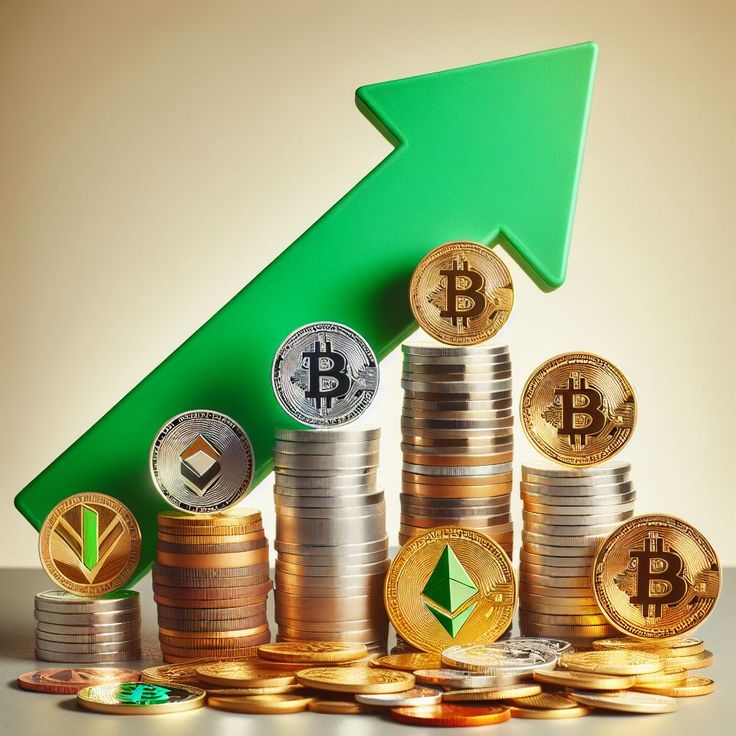CRYPTOCURRENCY

BRITTO CLARIFIES DISTINCT ROLES OF XRP AND STABLECOINS IN DIGITAL FINANCE
A recent post from Britto, a community dedicated to Arthur Britto — co-creator of the XRP Ledger (XRPL) — has shed light on the distinct roles that XRP and stablecoins play within the digital financial ecosystem, pushing back against claims that stablecoins are replacing XRP.
In a pointed clarification, Britto compares XRP and stablecoins to infrastructure and applications, respectively. XRP, the post explains, serves as a bridge currency, enabling interoperability between various fiat currencies, while stablecoins are digital representations of fiat money, designed primarily as stores of value.
XRP as a Global Translator for Cross-Border Payments
To demonstrate the functional differences, Britto outlines a real-world use case involving a cross-border payment from Japan to Mexico. If stablecoins like USDC were used, the process would involve managing foreign exchange (FX) rates, compliance, and liquidity partners — increasing both cost and complexity. By contrast, XRP, particularly through Ripple’s On-Demand Liquidity (ODL) solution, can automate and streamline the transaction. Funds would be converted from yen to XRP and then to Mexican pesos without relying on pre-funded accounts or multiple intermediaries.
This, Britto argues, is where XRP’s real value lies — in enabling real-time, frictionless global value transfer.
Liquidity, Not Just Stability
Britto also stresses that liquidity is a more critical factor than price stability in global transactions. While stablecoins may offer low volatility, they depend heavily on localized liquidity pools and centralized issuers, making them less efficient for fast, cross-border payments. XRP, in contrast, operates on a decentralized network that provides on-demand liquidity with reduced counterparty risk.
Unlike stablecoins, which can be frozen or blacklisted by their issuers, XRP is not controlled by any single entity — a feature Britto says enhances trust and reliability in international transactions.
Complementary Tools, Not Competitors
The post also addresses Ripple’s introduction of its own stablecoin, RLUSD, clarifying that it complements rather than competes with XRP. Using a metaphor, Britto likens RLUSD and XRP to tools in a toolbox — each designed for specific tasks. Stablecoins are ideal for storing and representing value, while XRP is optimized for moving it swiftly and efficiently across borders.
Britto concludes by urging against binary thinking in the evolving world of digital finance. Rather than viewing stablecoins and XRP as mutually exclusive, the post encourages stakeholders to recognize the unique utility of each asset.
“Stablecoins are built for stability and storage; XRP is built for speed and transfer. Each has its place, and one does not replace the other,” the post affirms.
Disclaimer: This article is intended for informational purposes only and should not be considered financial advice. Readers are encouraged to conduct their own research and consult financial experts before making investment decisions.
"This represents a significant development in our ongoing coverage of current events."— Editorial Board









